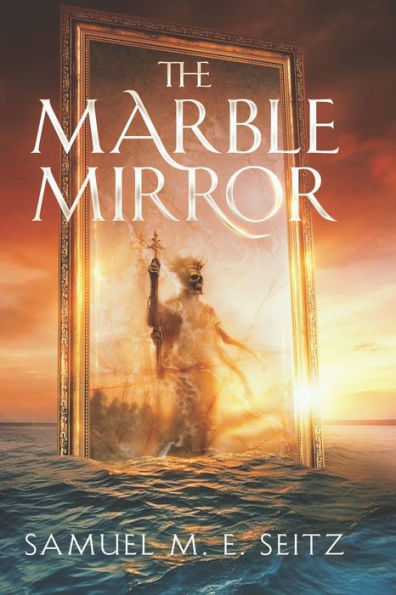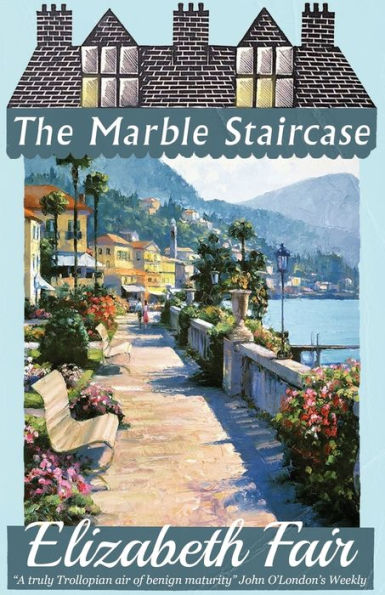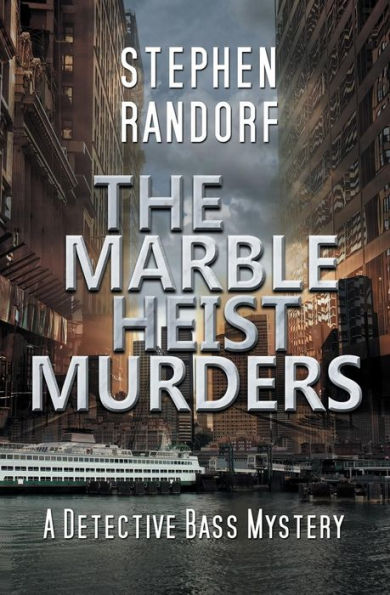Home
The Marble Bed
Barnes and Noble
Loading Inventory...
The Marble Bed in Bloomington, MN
Current price: $18.00


The Marble Bed in Bloomington, MN
Current price: $18.00
Loading Inventory...
Size: OS
A
New York Times Book Review
New & Noteworthy Selection
"The Marble Bed
is a vision; it is an ode to life."—Rowan Ricardo Phillips
"Each poem in
The Marble Bed
journeys far, wandering the territory of love's psyche."
—Yusef Komunyakaa
"One of the permanent poets of her generation."—Harold Bloom
Grace Schulman rises to new heights in these poems of lament and praise. In
, a couple dances on a shore that is at once a shining turf and a graveyard of sea toss, of cracked shells, a skull-like carapace, and emerald weed. Here things sparkle with newness: an orchid come alive when rescued from a trash bin; the new year hidden in an egret's wing; Coltrane's ecstatic flight; a seductive, come-hither angel; a meteor's arc; a rainbow's painted ribbons; a glacial rock that glowers in moonlight. Even the tomb sculptures in an Italian cemetery sparkle with vitality. Schulman, grieving for her late husband, believes passionately in the power of art to redeem human transience. Her faith in art enables her to move from mourning to joyful wonder of existence as she meditates on an injured world and concludes: "Because I cannot lose the injured world / without losing the world, / I'll have to praise it."
New York Times Book Review
New & Noteworthy Selection
"The Marble Bed
is a vision; it is an ode to life."—Rowan Ricardo Phillips
"Each poem in
The Marble Bed
journeys far, wandering the territory of love's psyche."
—Yusef Komunyakaa
"One of the permanent poets of her generation."—Harold Bloom
Grace Schulman rises to new heights in these poems of lament and praise. In
, a couple dances on a shore that is at once a shining turf and a graveyard of sea toss, of cracked shells, a skull-like carapace, and emerald weed. Here things sparkle with newness: an orchid come alive when rescued from a trash bin; the new year hidden in an egret's wing; Coltrane's ecstatic flight; a seductive, come-hither angel; a meteor's arc; a rainbow's painted ribbons; a glacial rock that glowers in moonlight. Even the tomb sculptures in an Italian cemetery sparkle with vitality. Schulman, grieving for her late husband, believes passionately in the power of art to redeem human transience. Her faith in art enables her to move from mourning to joyful wonder of existence as she meditates on an injured world and concludes: "Because I cannot lose the injured world / without losing the world, / I'll have to praise it."
A
New York Times Book Review
New & Noteworthy Selection
"The Marble Bed
is a vision; it is an ode to life."—Rowan Ricardo Phillips
"Each poem in
The Marble Bed
journeys far, wandering the territory of love's psyche."
—Yusef Komunyakaa
"One of the permanent poets of her generation."—Harold Bloom
Grace Schulman rises to new heights in these poems of lament and praise. In
, a couple dances on a shore that is at once a shining turf and a graveyard of sea toss, of cracked shells, a skull-like carapace, and emerald weed. Here things sparkle with newness: an orchid come alive when rescued from a trash bin; the new year hidden in an egret's wing; Coltrane's ecstatic flight; a seductive, come-hither angel; a meteor's arc; a rainbow's painted ribbons; a glacial rock that glowers in moonlight. Even the tomb sculptures in an Italian cemetery sparkle with vitality. Schulman, grieving for her late husband, believes passionately in the power of art to redeem human transience. Her faith in art enables her to move from mourning to joyful wonder of existence as she meditates on an injured world and concludes: "Because I cannot lose the injured world / without losing the world, / I'll have to praise it."
New York Times Book Review
New & Noteworthy Selection
"The Marble Bed
is a vision; it is an ode to life."—Rowan Ricardo Phillips
"Each poem in
The Marble Bed
journeys far, wandering the territory of love's psyche."
—Yusef Komunyakaa
"One of the permanent poets of her generation."—Harold Bloom
Grace Schulman rises to new heights in these poems of lament and praise. In
, a couple dances on a shore that is at once a shining turf and a graveyard of sea toss, of cracked shells, a skull-like carapace, and emerald weed. Here things sparkle with newness: an orchid come alive when rescued from a trash bin; the new year hidden in an egret's wing; Coltrane's ecstatic flight; a seductive, come-hither angel; a meteor's arc; a rainbow's painted ribbons; a glacial rock that glowers in moonlight. Even the tomb sculptures in an Italian cemetery sparkle with vitality. Schulman, grieving for her late husband, believes passionately in the power of art to redeem human transience. Her faith in art enables her to move from mourning to joyful wonder of existence as she meditates on an injured world and concludes: "Because I cannot lose the injured world / without losing the world, / I'll have to praise it."

















